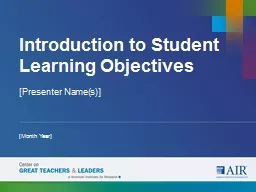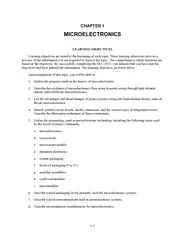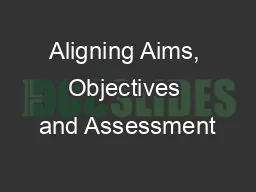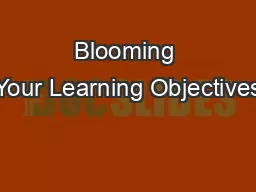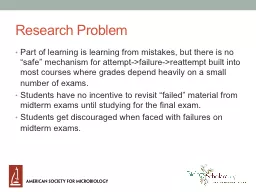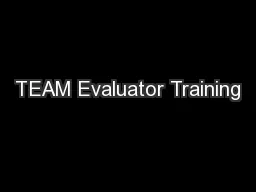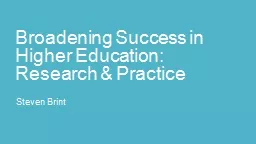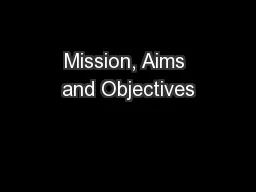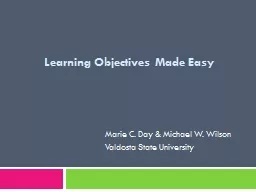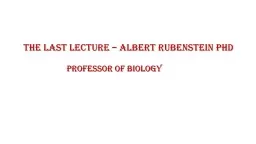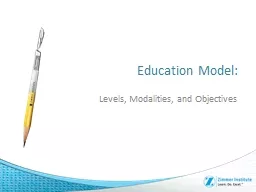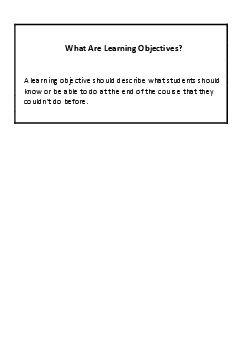PPT-Introduction to Student Learning Objectives
Author : danika-pritchard | Published Date : 2018-03-08
Presenter Names Month Year The mission of the Center on Great Teachers and Leaders GTL Center is to foster the capacity of vibrant networks of practitioners researchers
Presentation Embed Code
Download Presentation
Download Presentation The PPT/PDF document "Introduction to Student Learning Objecti..." is the property of its rightful owner. Permission is granted to download and print the materials on this website for personal, non-commercial use only, and to display it on your personal computer provided you do not modify the materials and that you retain all copyright notices contained in the materials. By downloading content from our website, you accept the terms of this agreement.
Introduction to Student Learning Objectives: Transcript
Download Rules Of Document
"Introduction to Student Learning Objectives"The content belongs to its owner. You may download and print it for personal use, without modification, and keep all copyright notices. By downloading, you agree to these terms.
Related Documents

